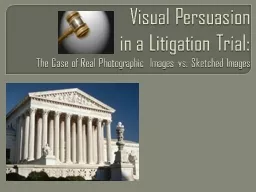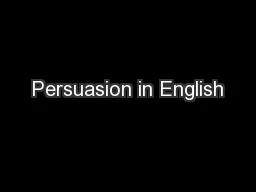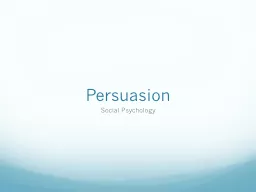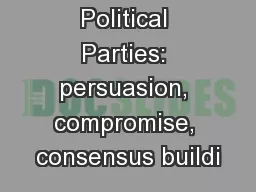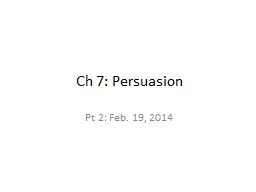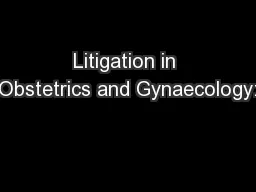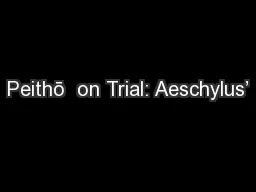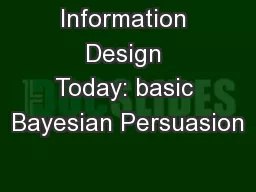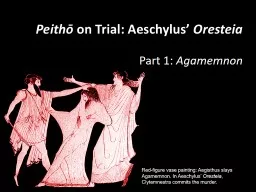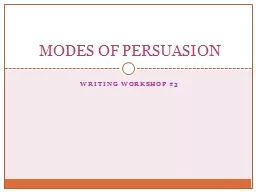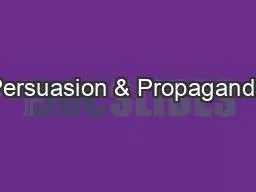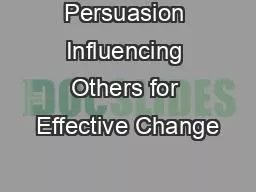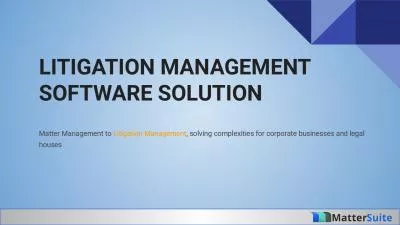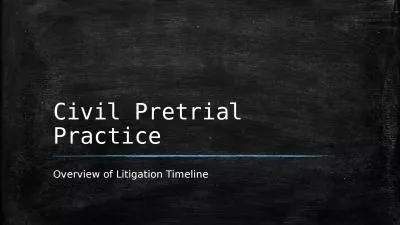PPT-Visual Persuasion in a Litigation Trial: The Case of Real Photographic Images vs. Sketched
Author : pamella-moone | Published Date : 2019-11-02
Visual Persuasion in a Litigation Trial The Case of Real Photographic Images vs Sketched Images This study was designed to determine which kinds of graphic images
Presentation Embed Code
Download Presentation
Download Presentation The PPT/PDF document "Visual Persuasion in a Litigation Tria..." is the property of its rightful owner. Permission is granted to download and print the materials on this website for personal, non-commercial use only, and to display it on your personal computer provided you do not modify the materials and that you retain all copyright notices contained in the materials. By downloading content from our website, you accept the terms of this agreement.
Visual Persuasion in a Litigation Trial: The Case of Real Photographic Images vs. Sketched: Transcript
Download Rules Of Document
"Visual Persuasion in a Litigation Trial: The Case of Real Photographic Images vs. Sketched"The content belongs to its owner. You may download and print it for personal use, without modification, and keep all copyright notices. By downloading, you agree to these terms.
Related Documents

